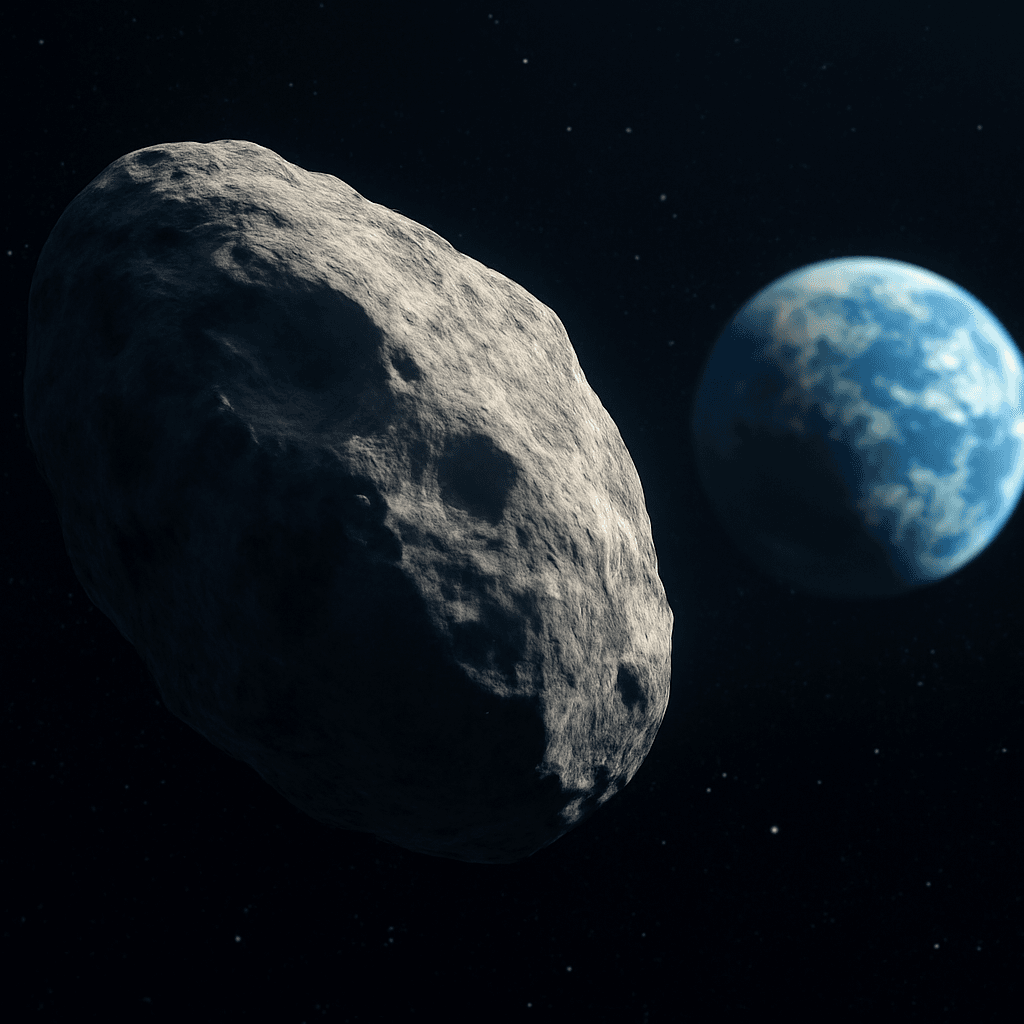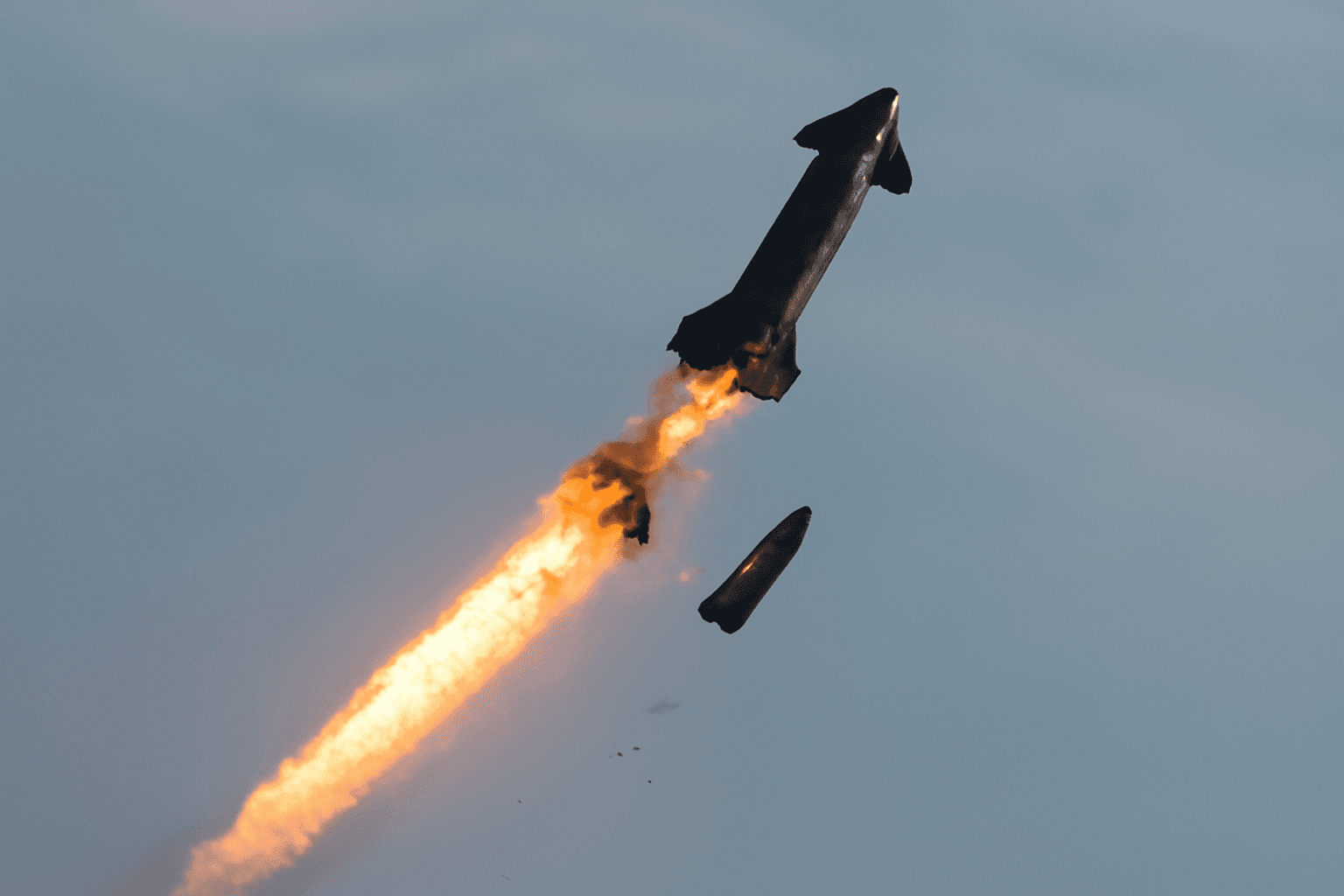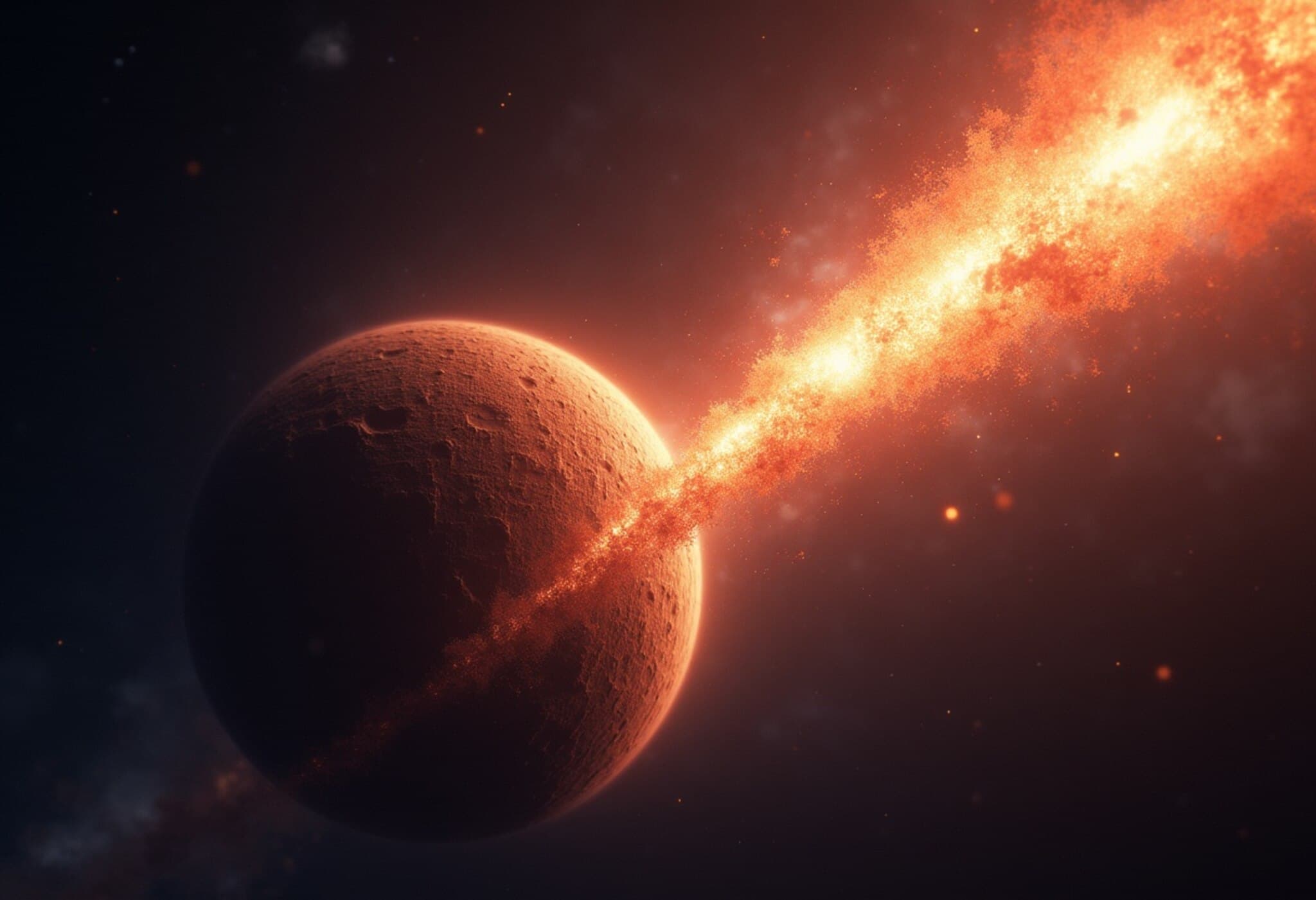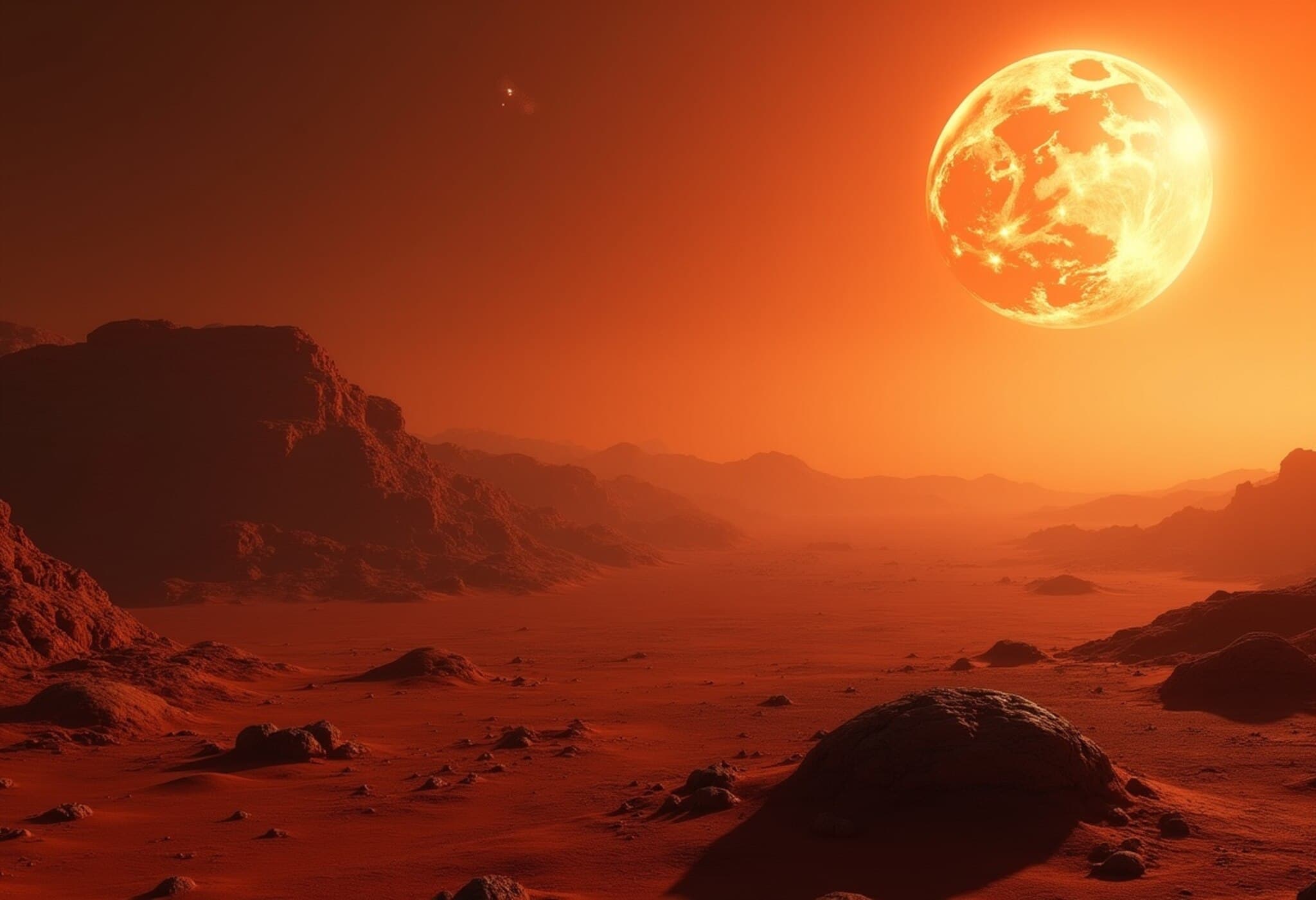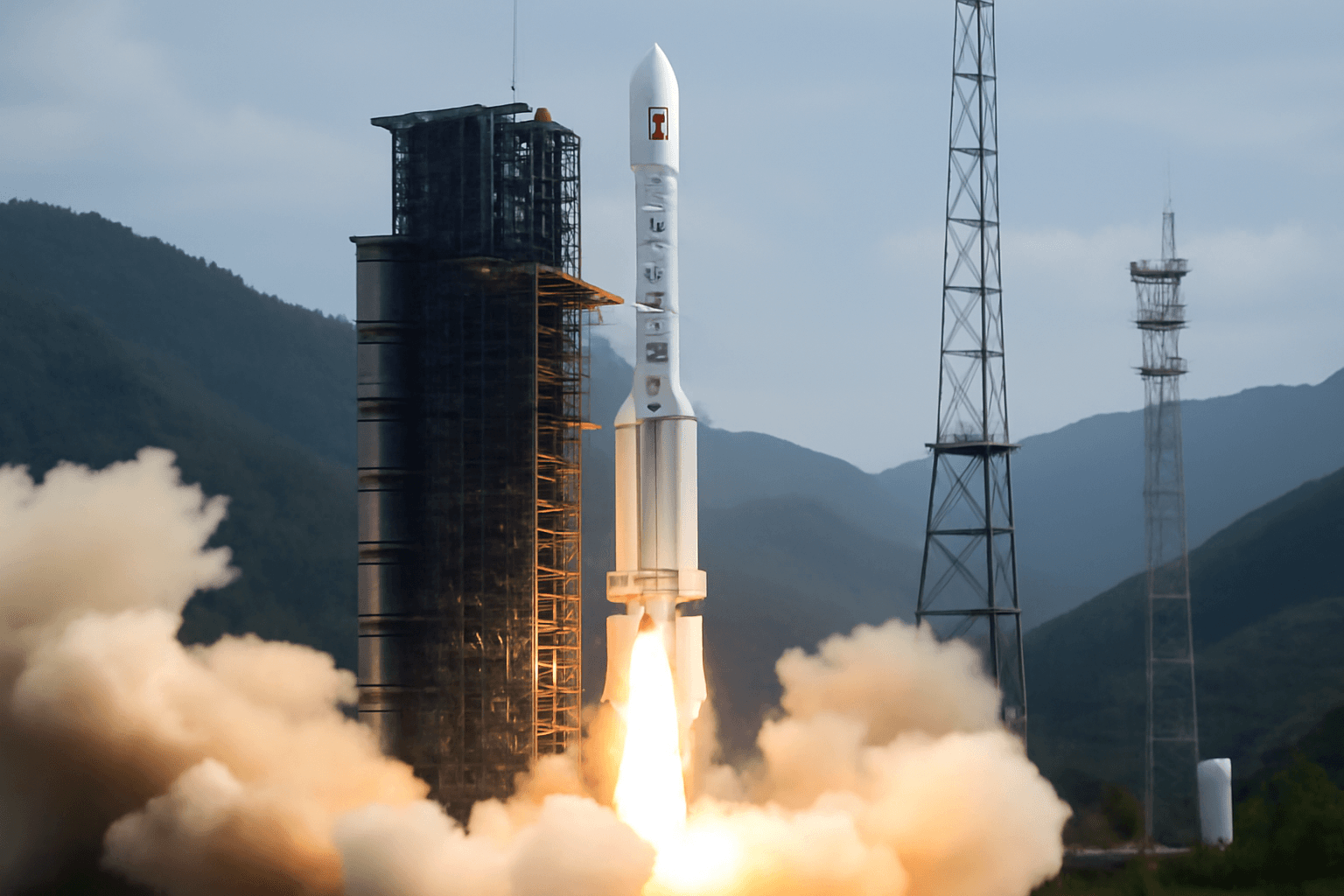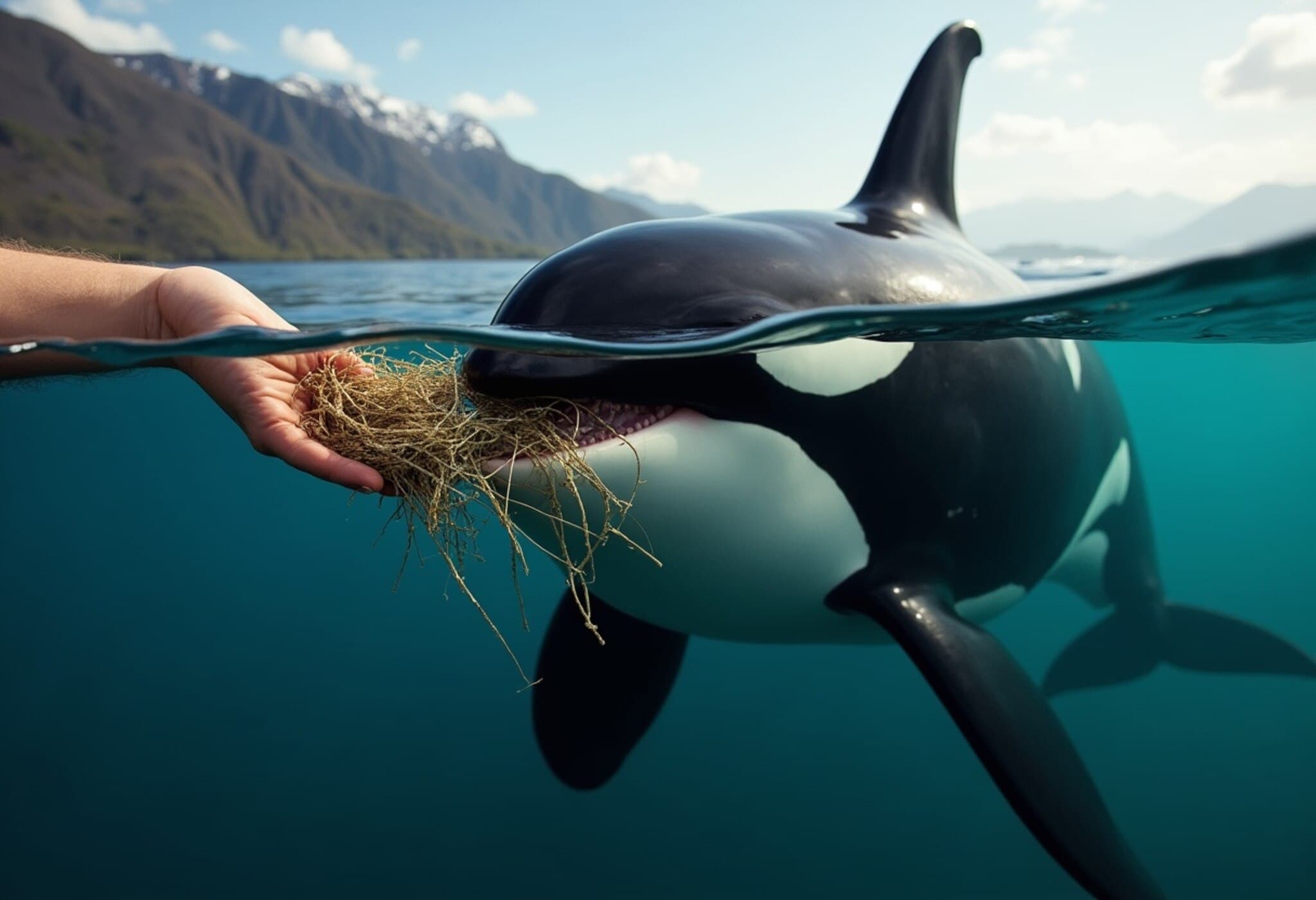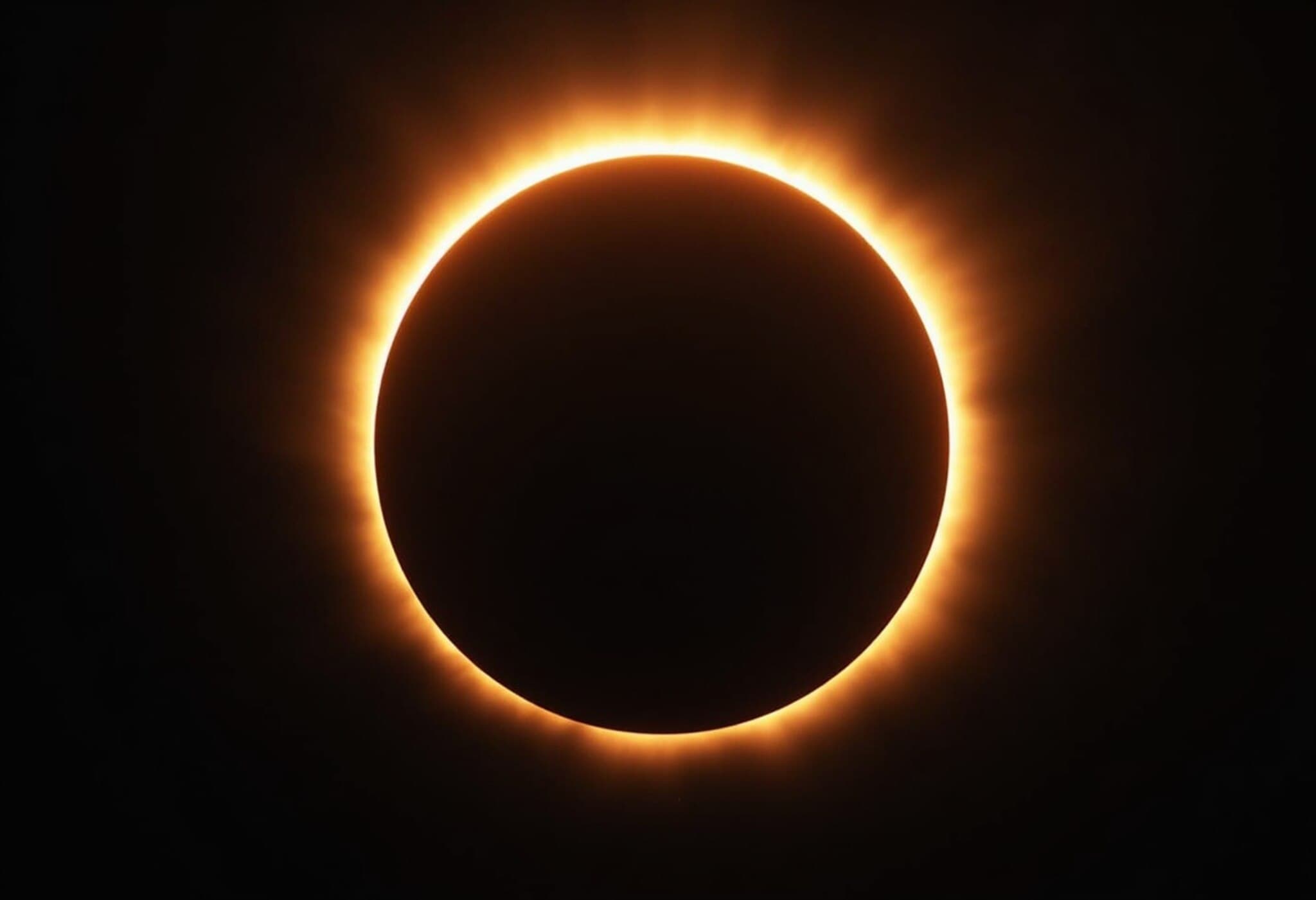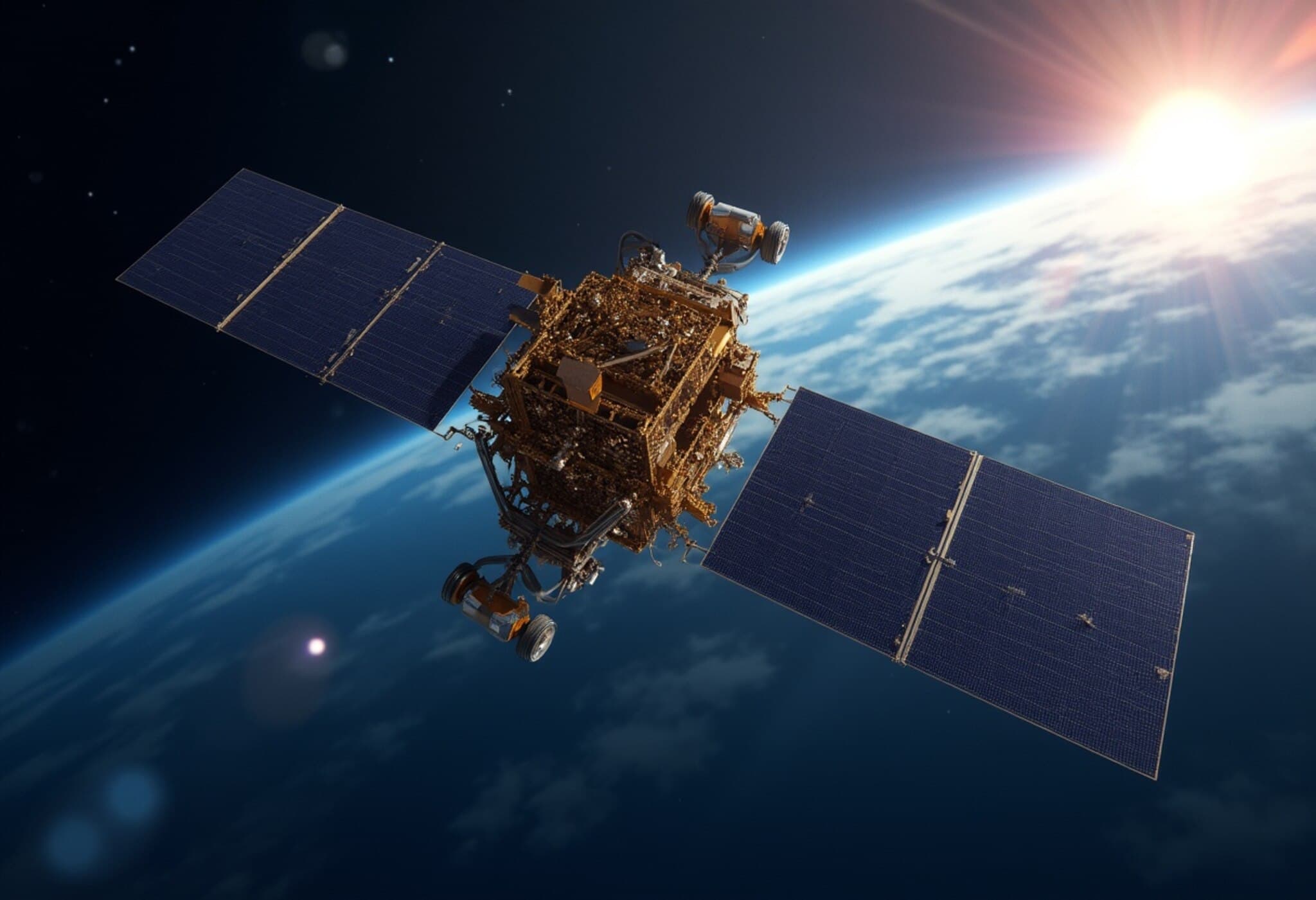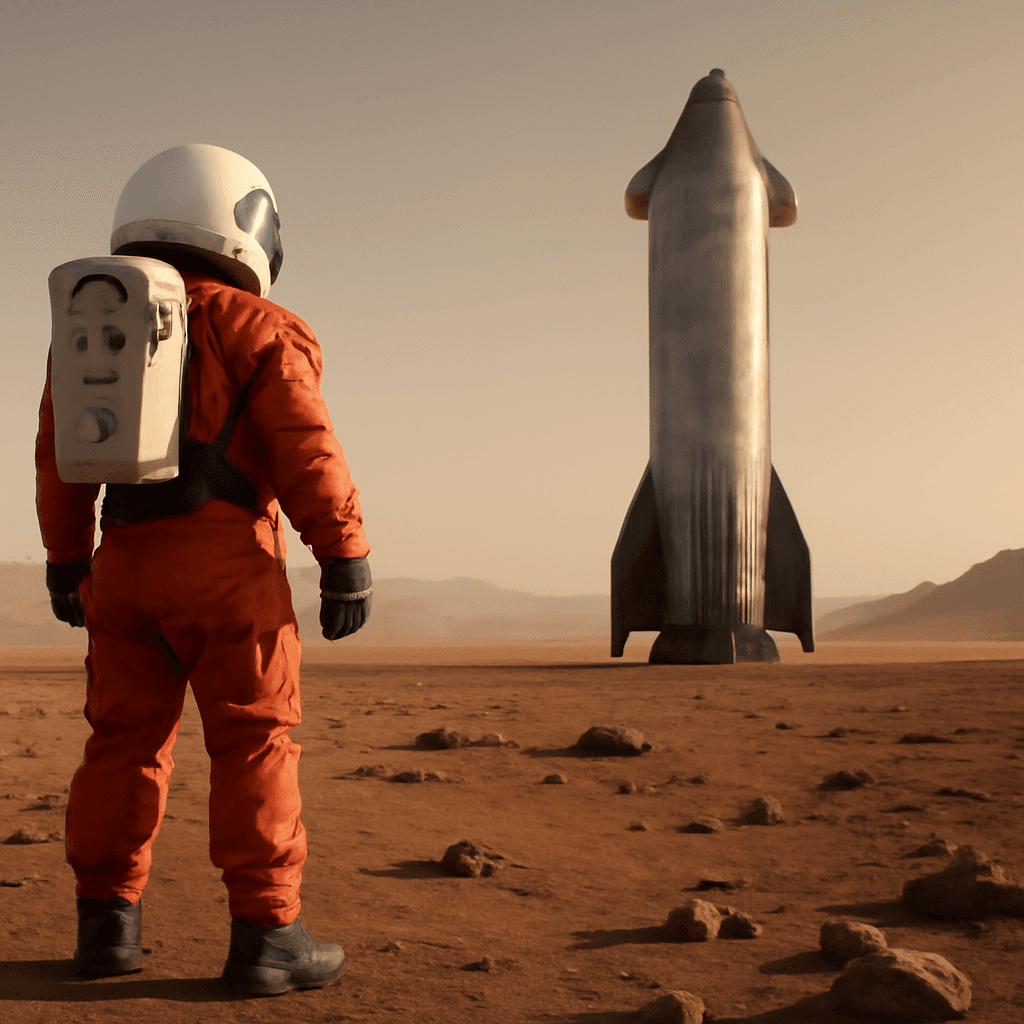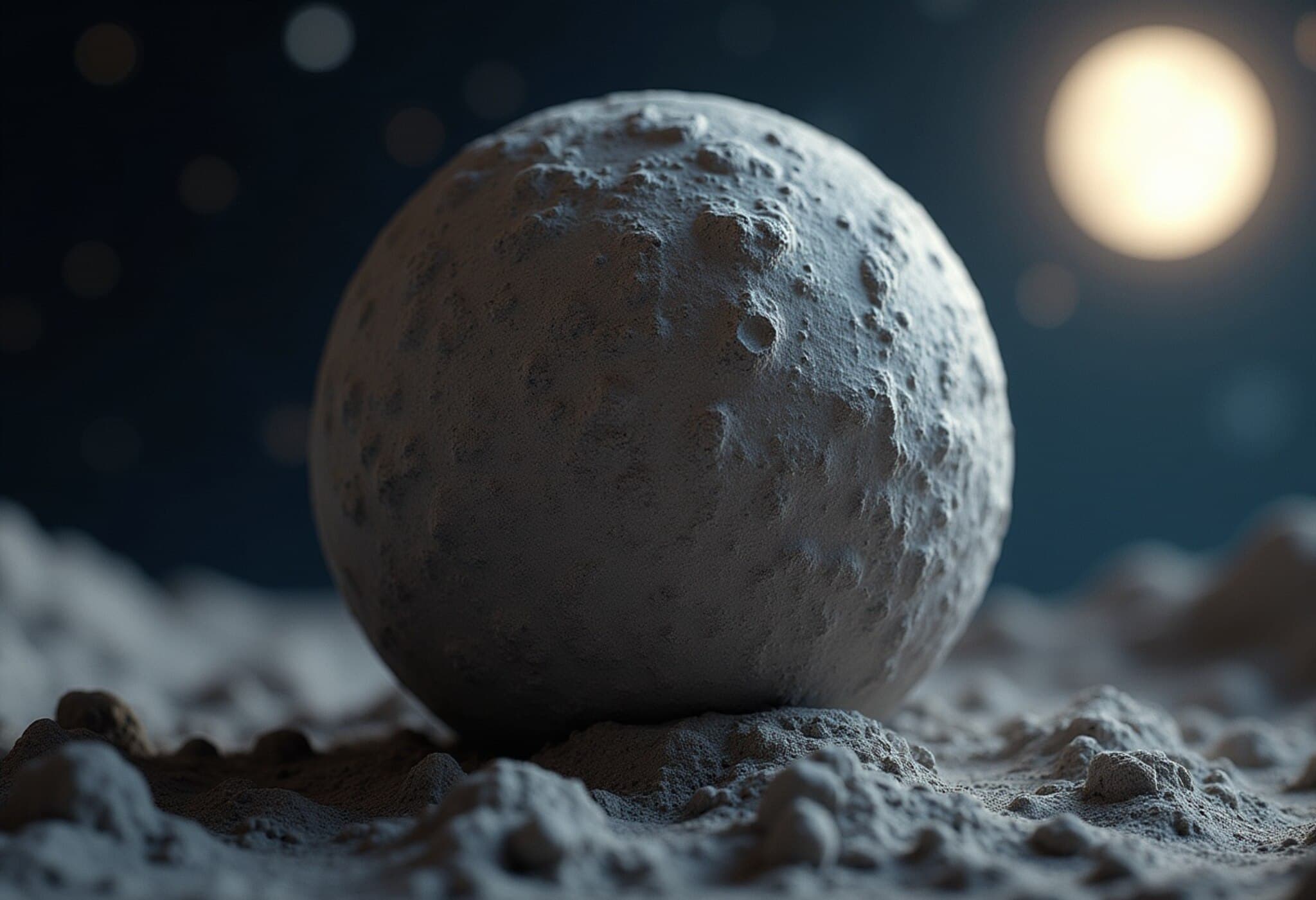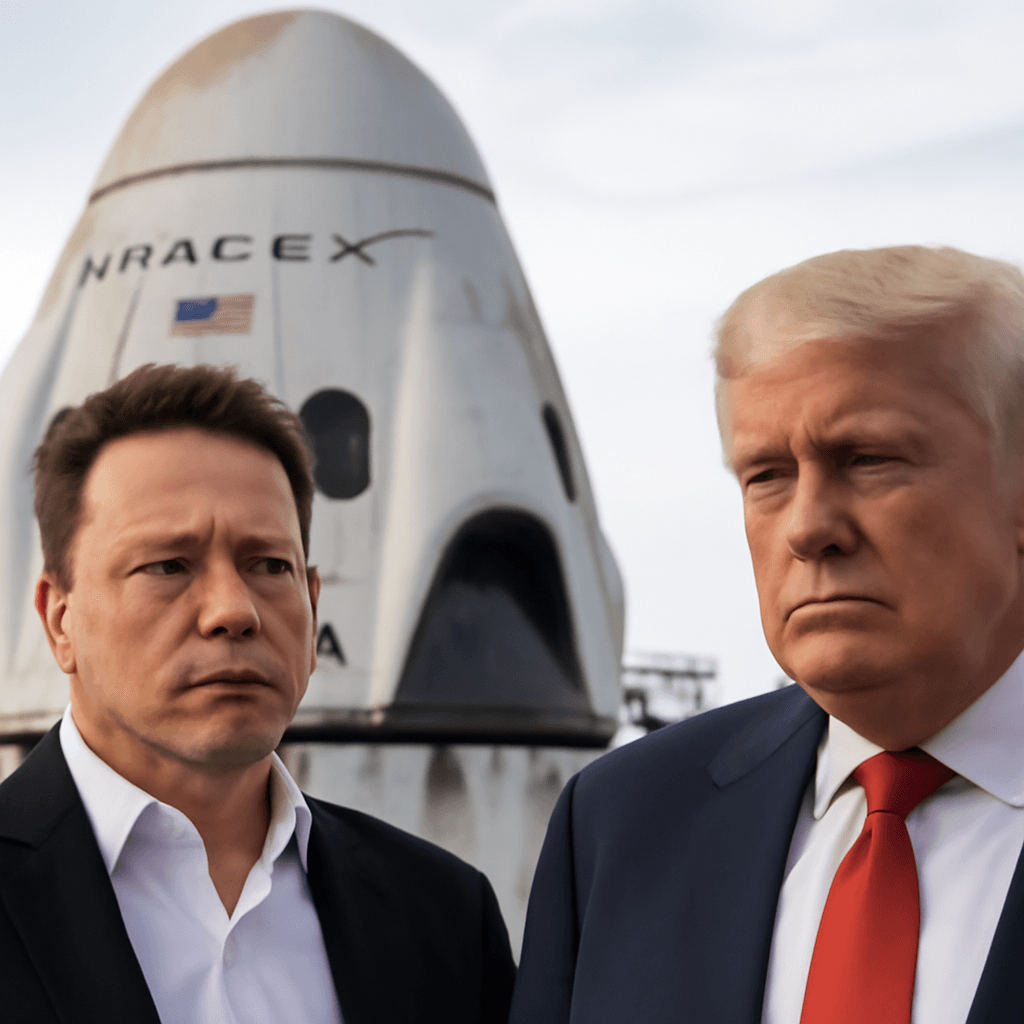Asteroid 2008 DG5: Size and Close Approach
An enormous asteroid, designated 2008 DG5, is set to make a close approach to Earth on June 5, 2025. With an estimated size ranging between 1,017 and 2,264 feet (approximately 310 to 690 meters), this asteroid is larger than 97% of known asteroids and ranks within the top 3% by size.
Proximity and Safety Assessment
Despite its considerable size, 2008 DG5 is not expected to pose any risk to Earth. It will pass at a distance of roughly 3.49 million kilometers, which is approximately nine times the average distance between Earth and the Moon (about 384,000 kilometers).
The asteroid's closest approach distance places it well outside the threshold defined by space agencies for potentially hazardous objects. An object larger than approximately 500 meters is considered potentially hazardous only if it approaches within 7.5 million kilometers of Earth, a criterion 2008 DG5 does not meet for impact risk.
Potential Impact Consequences of Large Asteroids
While 2008 DG5 currently presents no threat, an impact involving an asteroid of this size could have significant regional consequences. Such an event could generate:
- Powerful shockwaves causing widespread damage
- Potential tsunamis if the impact occurs in oceanic areas
Historical reference includes the 1908 Tunguska event in Siberia, where a smaller asteroid around 130 feet (40 meters) exploded mid-air, leveling 80 million trees over 2,000 square kilometers.
In contrast, the Chicxulub impactor, estimated between 10 and 15 kilometers wide, is linked to the mass extinction event of the dinosaurs roughly 66 million years ago.
Asteroid Classification and Orbit
2008 DG5 is classified as an Apollo asteroid, characterized by its Earth-crossing orbit. It was discovered in 2008 by the Catalina Sky Survey, a NASA Near-Earth Object Observation program, based in Arizona.
This asteroid completes one orbit around the Sun approximately every 514 Earth days and is projected to make another close approach to Earth in 2032.
Other Notable Near-Earth Objects
Another asteroid of concern slated for future observation is 2024 YR4, which is comparable in size to the Statue of Liberty. It possesses the theoretical capability to release energy over 100 times greater than the atomic bomb dropped on Hiroshima, should it enter Earth's atmosphere.

